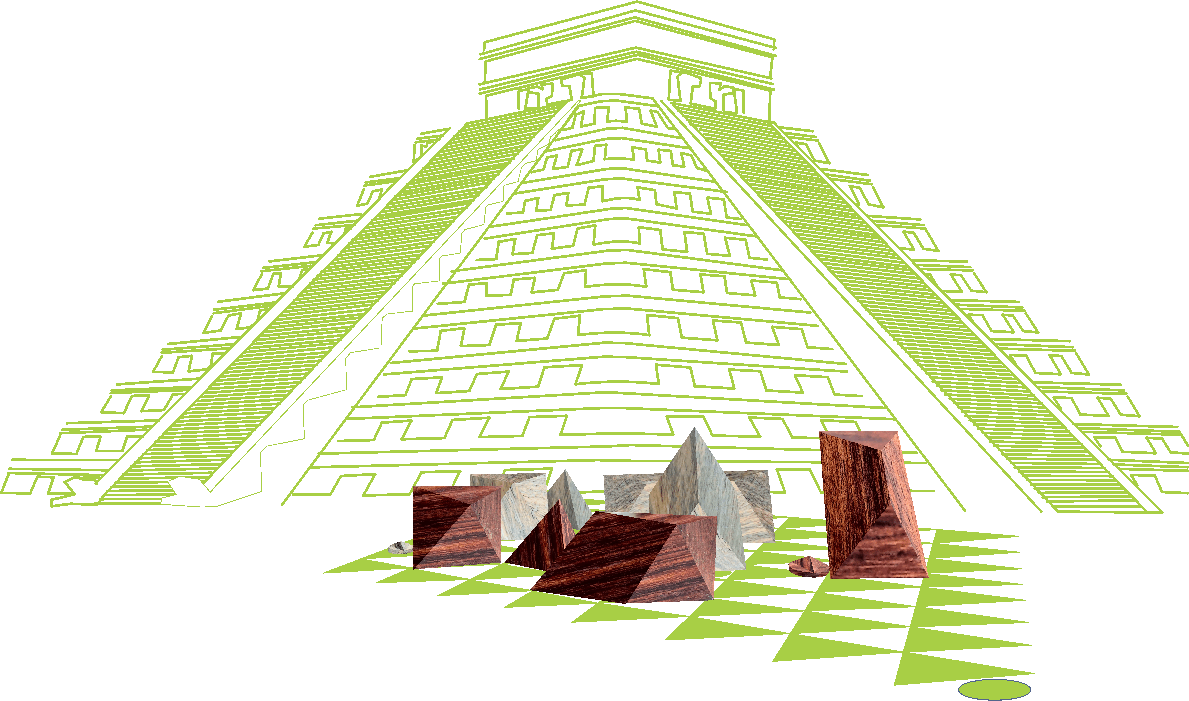
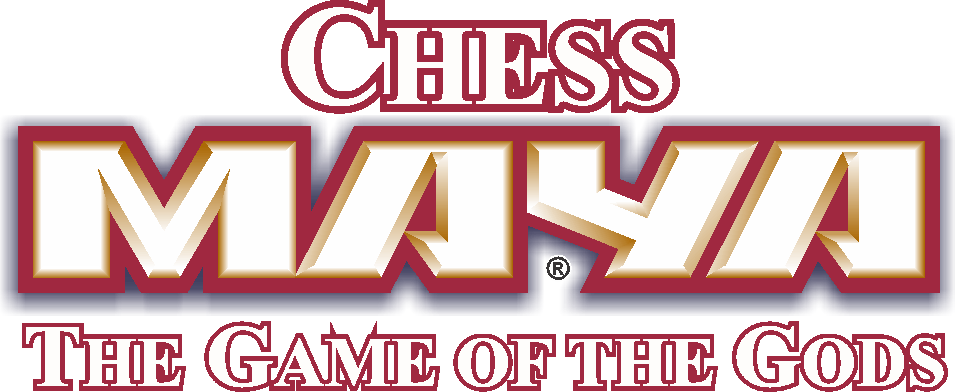
![]()
![]()
![]()
![]()
Why the Name of Maya Chess?
What is the Meaning
of the Word Chess?
The name of Chess for a
strategy game, comes from Sanskrit: "Chaturanga", meaning ¨ ¨ the
four forces, alluding to the formations of armies with infantry,
cavalry, elephants, and castles with what they contained : The King,
The Queen and counselors.
Chess Maya receives this
name from the universal concept of the four fundamental forces of
nature such as fire, air, water and earth.
From the splendor of Greek thought with Empedocles, who held that there were four basic substances: earth, water, air and fire, according to Aristotle "and remaining eternally begotten", this perception has remained to this day in the minds of humanity.
At present the four
elements are known as solids, liquids, gaseous and energetic.
Nothing has changed since the original approach, the human perception is still the same, just have changed the terms in which they are defined.
Finally there is no real
way to know what the initials: I. N. R. I. that were placed
in the cross of Jesus Christ.
Some schools say they
just need to know the symbols translation into Hebrew elements, ie
meaning Water IAM, NOUR which is the symbol of
Fire, which is Air RUACH (or spirit) and that
is the Earth IABESHAD . Joining the four initials
INRI for symbols
It is said that in ancient times the great masters was recognized
with this symbol indicating that he had balanced the 4 elements.
Neolithic Carved
Stone Polyhedra
The Four Forces of Nature
Neolithic Carved Stone Polyhedra
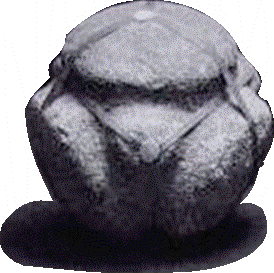
Hundreds of carved stone spheres, roughly three inches in
diameter,
believed to date to around 2000 BC, have been found in Scotland. Some
are
carved with lines corresponding to the edges o f regular
polyhedra.
Roughly half have 6 knobs---like the one at right above---but the
others
range from three to 160 knobs. The more mathematically regular
ones
do not appear to have had a special importance. For example, in
addition
to the 12-knob
dodecahedral form
shown
in the cent
f regular
polyhedra.
Roughly half have 6 knobs---like the one at right above---but the
others
range from three to 160 knobs. The more mathematically regular
ones
do not appear to have had a special importance. For example, in
addition
to the 12-knob
dodecahedral form
shown
in the cent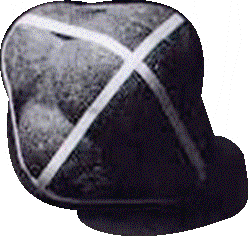 er and just to its right above, there are also ones with 14
knobs, corresponding to
a form with two
opposite
hexagons, each surrounded by six pentagons. Nonetheless, the
dodecahedron appears here long before the Greeks wrote of it. The
function of these stones is unknown and so it is unclear whether I
should
list them here under the
er and just to its right above, there are also ones with 14
knobs, corresponding to
a form with two
opposite
hexagons, each surrounded by six pentagons. Nonetheless, the
dodecahedron appears here long before the Greeks wrote of it. The
function of these stones is unknown and so it is unclear whether I
should
list them here under the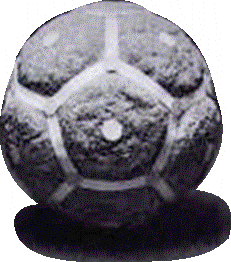 category
art, but many
are intricately carved with spirals or cross-hatching on the
faces.
The material varies from easily carved sandstone and serpentine to
difficult,
hard granite and quartzite.
category
art, but many
are intricately carved with spirals or cross-hatching on the
faces.
The material varies from easily carved sandstone and serpentine to
difficult,
hard granite and quartzite.
The above image is by Keith Critchlow, scanned fr![]() om the book by
Lawlor.
Both those authors lean towards the mystical and must be read
critically.
In the image, note that the third and fourth balls, with icosahedral
and
dodecahedral edges indicated, do not correspond to different underlying
carvings. I don't know if there are any with exactly 20 knobs
arranged
as an
icosahedron.
om the book by
Lawlor.
Both those authors lean towards the mystical and must be read
critically.
In the image, note that the third and fourth balls, with icosahedral
and
dodecahedral edges indicated, do not correspond to different underlying
carvings. I don't know if there are any with exactly 20 knobs
arranged
as an
icosahedron.
For a primary reference (but with no mathematical discussion) see Dorothy N. Marshall, "Carved Stone Balls," Proceedings of the Society of Antiquaries of Scotland 180, pp. 40-72, 1976/77.
http://www.georgehart.
com/virtual-polyhedra/
neolithic.html
In Maya Chess,
the pieces that make up each of the teams are:
Captain,
Guardian
Attacker,
Defense
They represent the forces of nature, while the leader represents the man, displaying his intelligence to get the K'atun, by any of the 4 modes:
1.K'Atún by access to the Temple of the Moon;
2.K'Atún by access to the Temple of the Sun;
3.K'Atún by capture.
4.K'atun
by Mak Chahal.
Every action generates a reaction, the pieces of the opponent are the opposite forces that try at all costs to prevent the opponent hit your target.
The tetrahedron (Captain) and octahedron (Guardian), were considered since times immemorial as representing Fire (Captain) and the Air (Guardian) that get generate from duplication, the four prisms that from the perspective of Maya Chess "The Game of the Gods" Recreates the four elements of nature.
The Leader
as The Fifth Element or "Quinta Essentia"
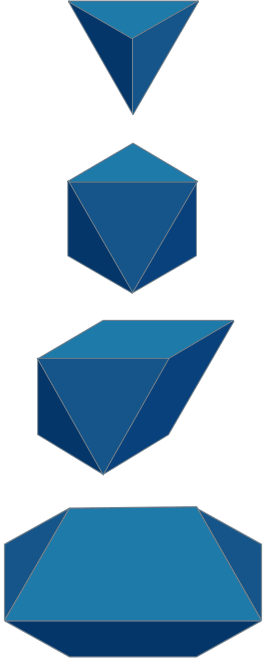
Besides the
representation of the four elements or natural forces,
identified by each of the geometric forms obstructive, whose
function is manifested dynamically in space from the surface
of the board, ie, three-dimensional, there is a fifth
element:
![]() The
Leader, whose essential characteristics are manifested in
two dimensions, since its function and movements occur only
in two planes, the shape of the Leader is decorative, as it
slides over the board.
The
Leader, whose essential characteristics are manifested in
two dimensions, since its function and movements occur only
in two planes, the shape of the Leader is decorative, as it
slides over the board.
This element:the Leader, represents man, making use of spatial perception abilities and tactical skills, builds upon and uses the four elements (Captain, Guardian Attack and Defense) to achieve the goal: K'atun in any of regulatory three movements.
©2001-2013
The CEM Team
(Epistemic Community of Mexico)
Socially Responsible